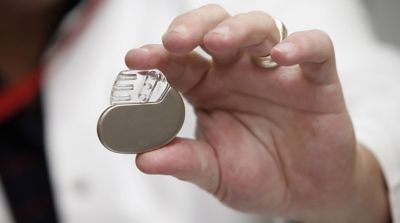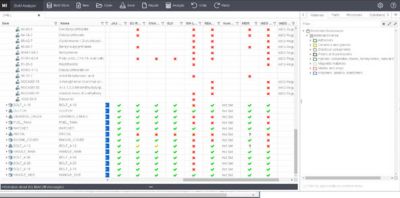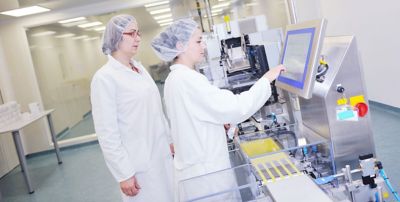-
United States -
United Kingdom -
India -
France -
Deutschland -
Italia -
日本 -
대한민국 -
中国 -
台灣
-
-
产品组合
查看所有产品Ansys致力于通过向学生提供免费的仿真工程软件来助力他们获得成功。
-
ANSYS BLOG
May 6, 2021
Why Medical Device Design Requires Material Information Management
Medical device engineers face some unique product design and development challenges. Many types of products – from simple tongue depressors to complex pacemakers to diagnostic products like blood glucose meters or X-ray machines – classify as medical devices. As such, they are under increased scrutiny to ensure they are safe to be on, in or around the human body.
Like other product design engineers, medical device engineers need to know the traditional mechanical properties of a material they plan to use to ensure it’s up to the task. But that’s not enough. They also need to know how the body will react to the device and how the device will react to the body. From a product design and development workflow standpoint, this can be just as important as how the device will perform its intended role, sometimes even moreso.
Finding the material data needed for medical device design can be difficult. Running physical tests to generate the material data can be costly and is highly regulated. Having a source of materials information early in the medical device development process can save companies a great deal of time and money.
Having material information and reference data in a single, searchable and traceable location can be invaluable to medical device manufacturers.
How to Collaborate on Biocompatibility Data
Medical device companies often have their own proprietary information on biocompatibility, but too often it is still stored in paper files or in unsearchable electronic documents. This causes a number of issues.
Not being able to find the information quickly and easily can result in costly retests when starting a new design because it is faster than locating the previous results. Plus, some previously rejected material analyses may not be saved at all, which leads to lost opportunities to reuse the data for other products.
On the other hand, being able to easily compile, search and share material biocompatibility data in Ansys Granta software can pay dividends in time and cost savings. For example, one of our customers reported that accessing a material analysis completed a decade ago saved them around $200,000 and the 22-26 weeks it would have taken to test the affected component. They were able to save costly tests and time to market by having easy access to their own historical data.
All Granta software includes a set of Core Materials Data and their properties. This can be supplemented with a spectrum of Advanced Materials Data for different industries and material types. One such source is the ASM Medical Materials Database, a comprehensive, peer-reviewed database providing a single source for materials data to support medical device design.
It can be very time consuming looking through published literature or search resources like the U.S. Food & Drug Administration (FDA) and other regulatory websites to discover what materials have already been used in approved devices. Having access to a single database that includes over 60,000 FDA-approved devices that is fully searchable and traceable allows companies to streamline the FDA approval process. Along with what predicate devices are out in the market, there is also important information on recalls or guidance documents that can give companies an advantage early on in product development, enabling them to prioritize what tests are actually needed.
Efficient access to materials data streamlines the medcal device design and development process.
A Single Source of Truth for Medical Material Intelligence
Having both your company’s proprietary material information and reference data in a single, searchable and traceable location – including not just mechanical properties, but also information on biocompatibility and toxicity – can be invaluable to medical device manufacturers. It can save the time and expense associated with multiple retests and a long regulatory process. A material data strategy enables faster innovation, reduced costs and reduced time to market.














